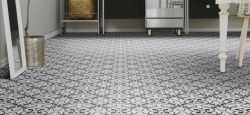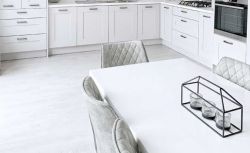How to repair water damaged vinyl flooring
You’ve just noticed a water leak in your kitchen, and who knows how long it’s been there? With vinyl flooring, water damage might not be visible for a while. Sometimes it might only appear after the leak has stopped and the water has dried up. Here’s what happens if water gets under vinyl flooring and the signs of water damage to look out for:
|
Issue
|
Cause
|
|
Vinyl is lifting or feels bouncy
|
Water has loosened the adhesive
|
|
Vinyl is bubbling or warping
|
Moisture is rising from the subfloor
|
|
Curled edges of vinyl
|
Water has entered at the edge of the room
|
|
Damp or musty smell
|
Water is trapped against the subfloor, causing mould to grow
|
|
Vinyl is discoloured
|
Moisture is trapped between the layers
|
Mould can start forming in as little as 24 hours, so you need to act quickly! Here’s what to do if water gets under vinyl flooring:
1. Find and fix the water leak
Locate where the leak is coming from and stop it if possible. This might mean draining dishwashers or washing machines and turning your water off at the stopcock. If in doubt, always call on a professional plumber.
2. Get rid of any standing water
In extreme cases such as water damage caused by flooding, you might need to use a wet vacuum or pump to remove any water. If there’s not too much water to deal with, use towels to soak it up.
3. Dry out the room
Open the windows to ventilate the room and start drying the floor out as soon as possible. Use fans or dehumidifiers to get rid of the excess moisture. Increasing the room temperature by a couple of degrees can also help to speed up the drying process, but avoid making the room too hot as extreme temperature changes can cause the floor to buckle or warp.
4. Remove and replace damaged vinyl
If you’ve got luxury vinyl and your leak is localised, you might get lucky and be able to remove a few damaged planks, then leave the subfloor to thoroughly dry out and replace the planks afterwards. However, if your flooring has been wet for more than 48 hours or you have sheet vinyl, then it’s likely that you’ll need to remove and replace the whole floor.
5. Check the subfloor
It’s so important to make sure your subfloor is completely dry and in good condition before replacing your flooring, otherwise the same issues will keep reappearing. Learn how to spot the signs that your subfloor needs replacing with our handy guide, and book a free home visit if you’d like one of our floorologists to pop round to assess your subfloor and measure up for new flooring.





























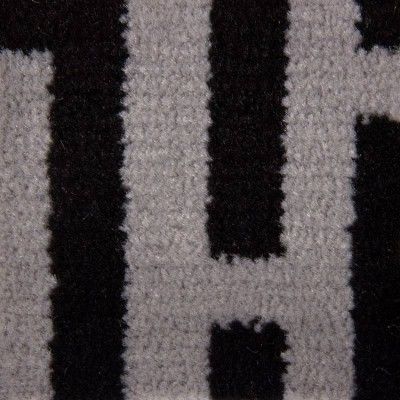

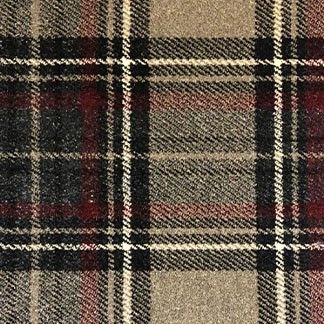
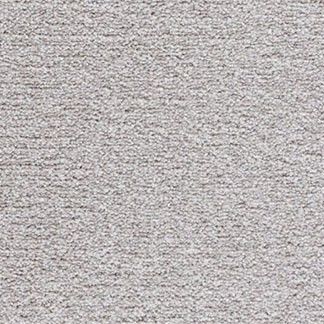












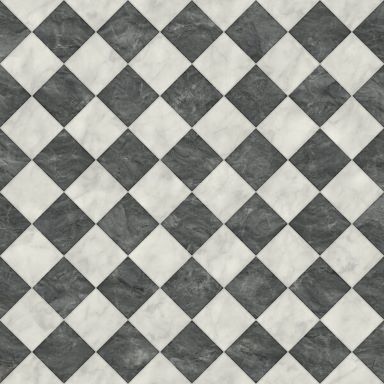
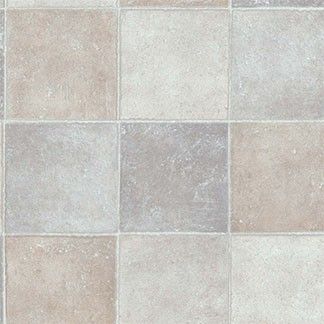










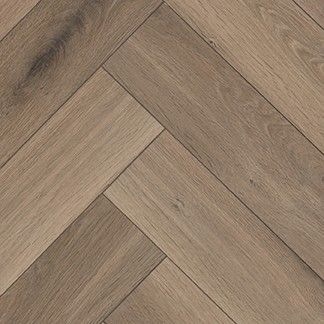
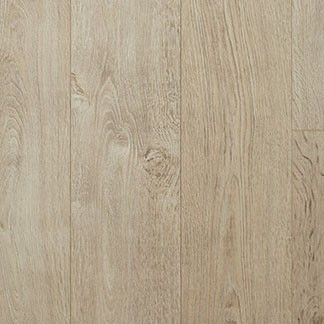

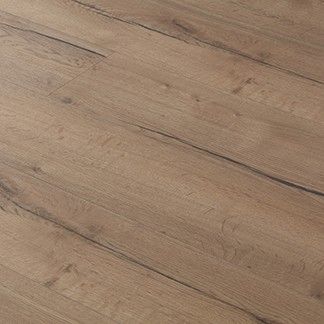
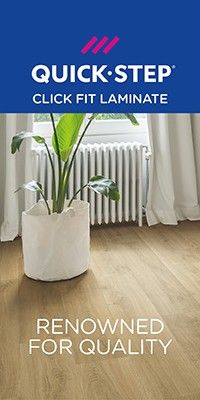











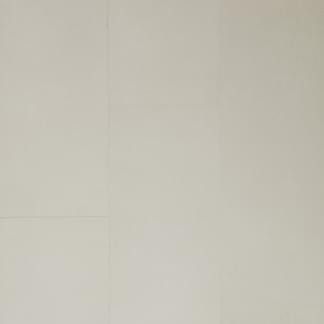
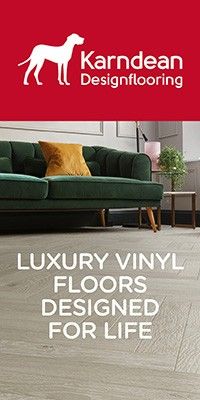



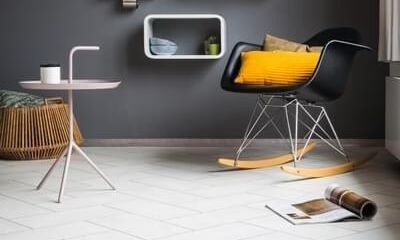
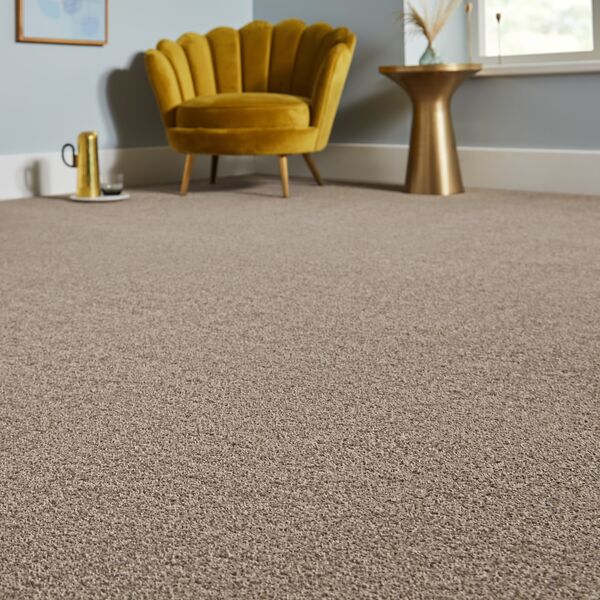
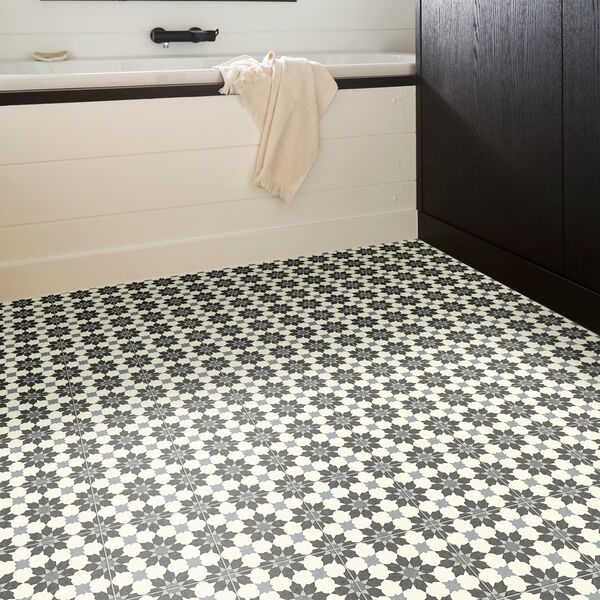
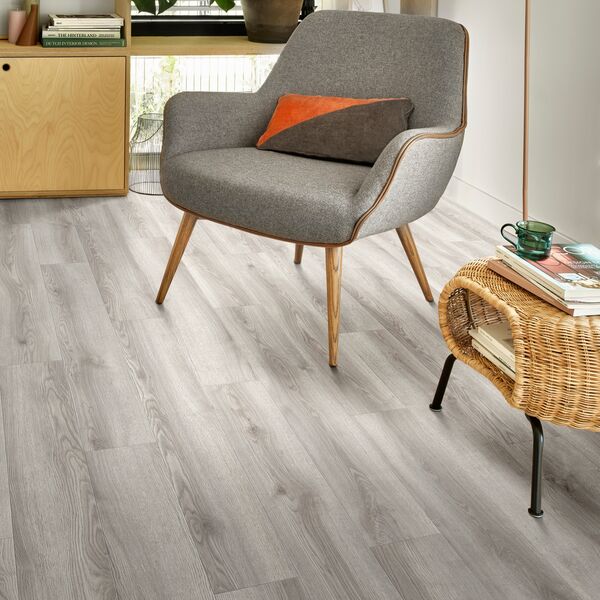
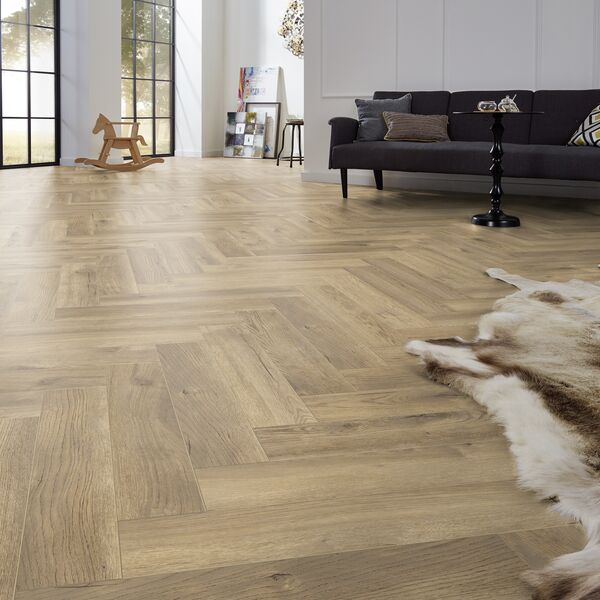


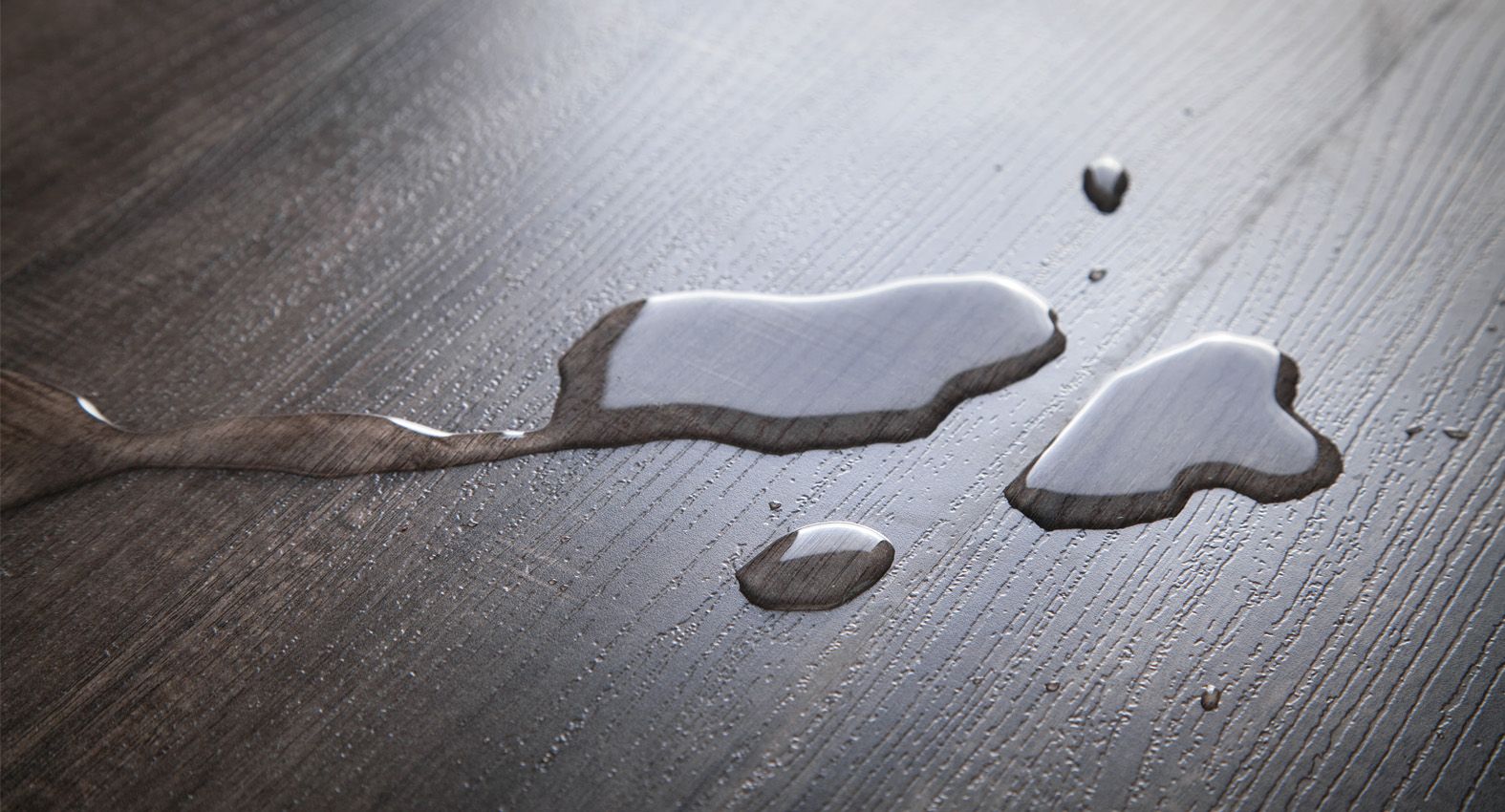
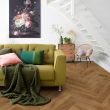





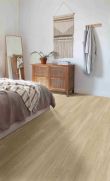
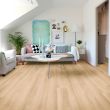
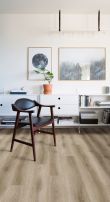



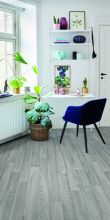

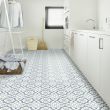
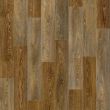
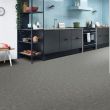

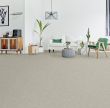


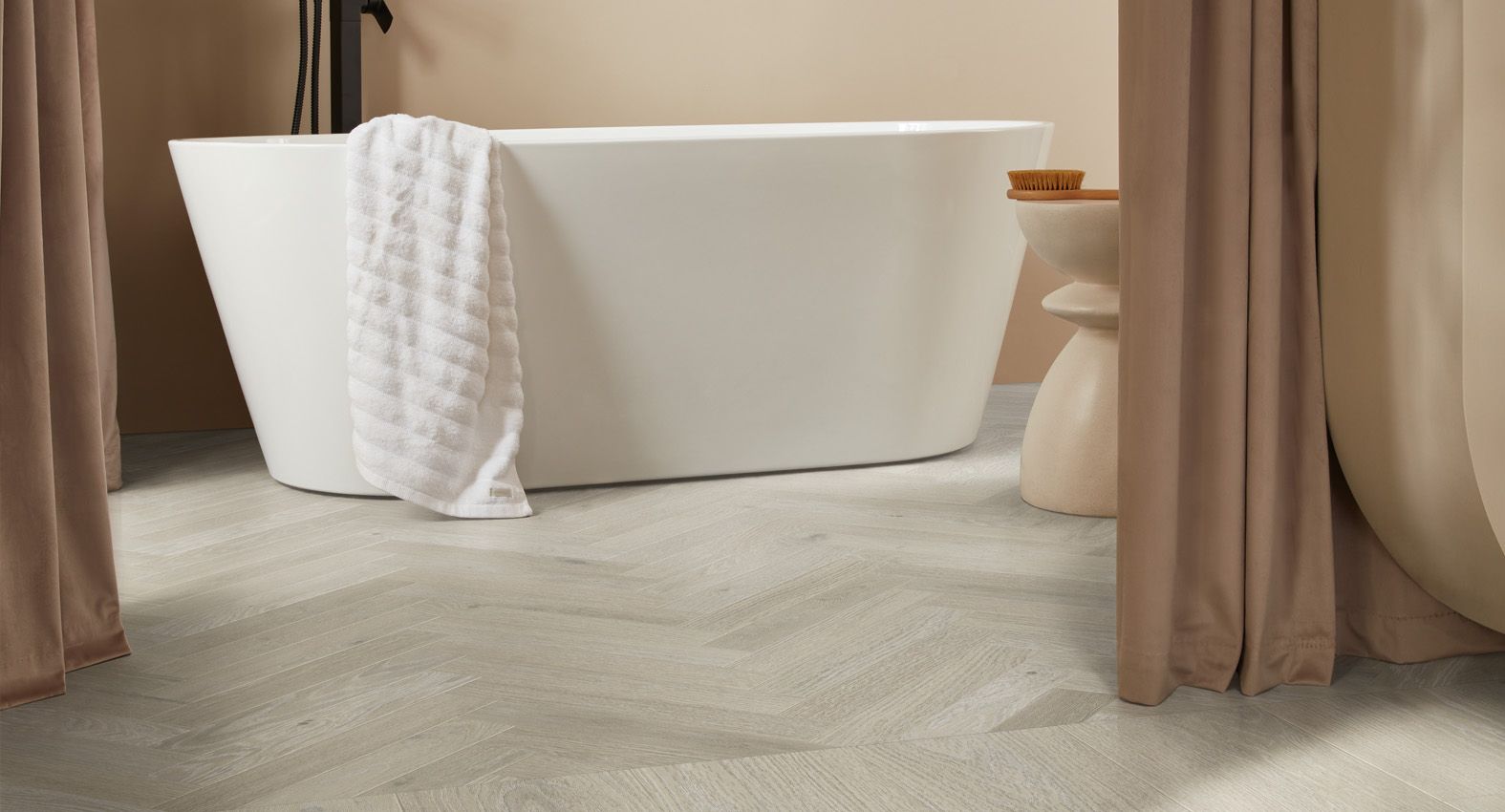

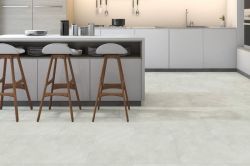
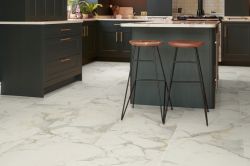
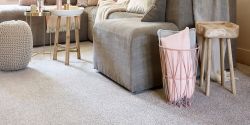
-250.jpg)

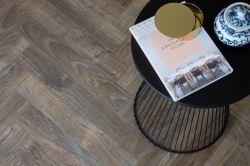
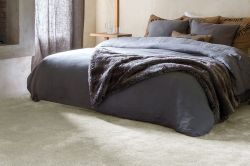
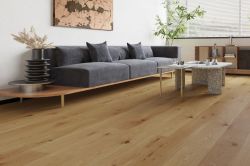
-250.jpg)
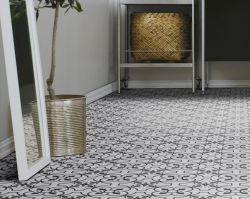
 copy-250.jpg)
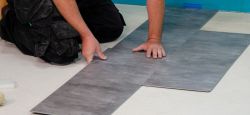
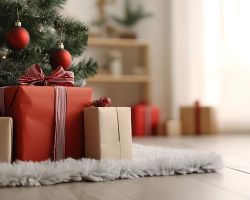
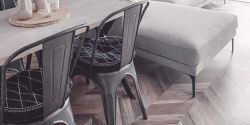
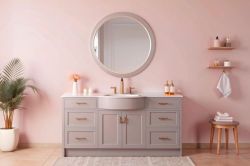
 - Article Image (not header)-250.jpg)
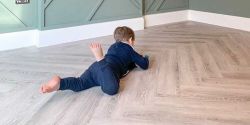
-250.jpg)

-250.jpg)
